Sleep is an essential component of human well-being, a biological necessity that revitalizes the body and mind. However, the modern world with its omnipresent screens and omnipresent artificial lighting can disrupt our natural sleep rhythm. Specifically, different types of light can have different impacts on our ability to sleep well. In this article, we will explore the effect of light on sleep and answer the question: what light disrupts sleep?
Blue light and sleep: a complex relationship
It is widely recognized that blue light, emitted in abundance by the sun as well as our electronic devices, can have a significant impact on our sleep. Numerous studies have shown that exposure to blue light in the evening can delay the production of melatonin, the hormone that regulates sleep. A 2011 study published in the Journal of Applied Physiology found that two hours of exposure to blue light before bed can delay melatonin production by more than 90 minutes, which can delay falling asleep and disrupt quality some sleep.
However, blue light is not inherently harmful and can even have positive health effects when received at the right time. Studies have shown that exposure to blue light in the morning can improve alertness, mood and cognitive performance. A 2018 study published in the journal Sleep showed that morning exposure to blue light improved alertness and mood in 150 participants, which may be particularly beneficial for countering the effects of winter depression and other symptoms. seasonal affective disorder.
The importance of the moment of exposure to light
The time at which we expose ourselves to light, whether natural or artificial, is a crucial factor that influences the quality of our sleep. A 2013 study published in The Journal of Clinical Endocrinology & Metabolism showed that even dim light, when received at an inappropriate time, can shift the circadian sleep cycle. This means that even dim artificial light at night, such as from a cell phone screen, can disrupt our internal clock and therefore the quality of our sleep.
The effect of red light on sleep
Unlike blue light, red light is generally considered less disruptive to sleep. Red light has a longer wavelength and is therefore less intense than blue light, meaning it is less likely to suppress melatonin production. A 2013 study published in the Journal of Sleep Research found that red light had the least impact on melatonin production compared to other colors of light, suggesting that it may be a sleep option. Preferable lighting at night to minimize sleep disruption.
Conclusion
In summary, different types of light can have varying effects on our sleep. Blue light, when received in the evening, can delay the production of melatonin and therefore disrupt our sleep. However, when received in the morning, blue light can have beneficial effects on our mood and alertness. Furthermore, red light appears to be the type of light least likely to disrupt sleep and therefore may be a preferable lighting option at night.
Understanding how light affects our sleep can help us improve our sleep routine and optimize our environment for quality sleep. As the world continues to evolve and become increasingly dominated by screens and artificial lighting, this understanding will be increasingly important to maintaining our health and well-being.


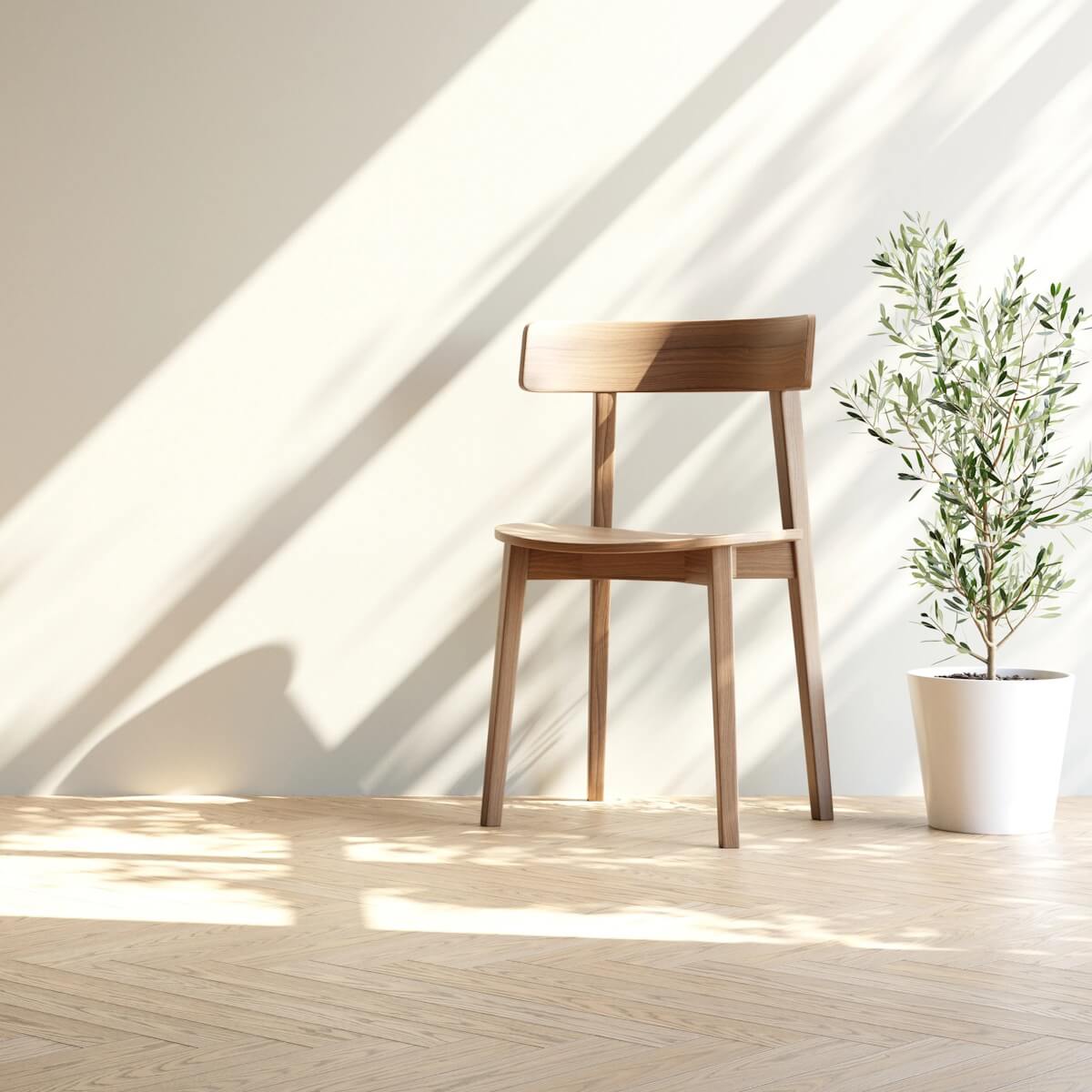






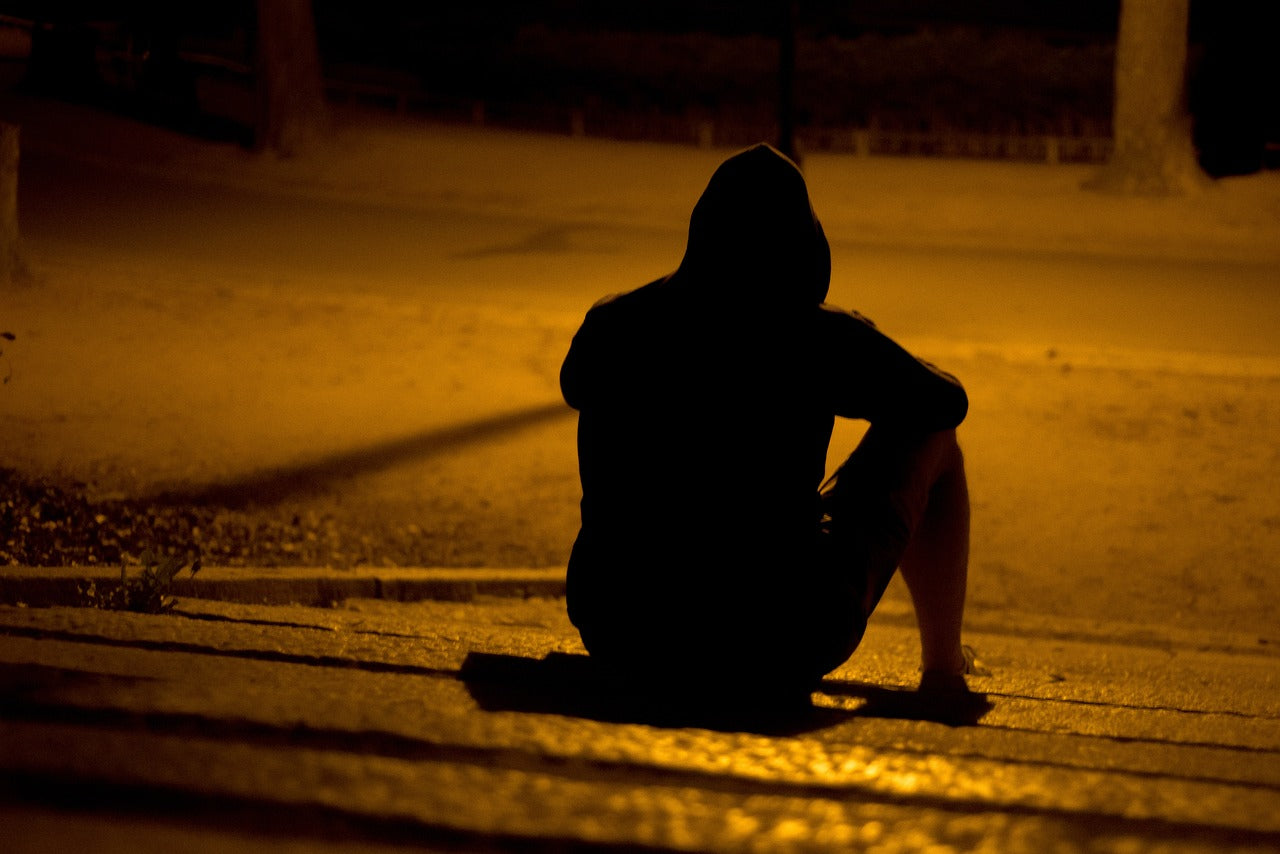


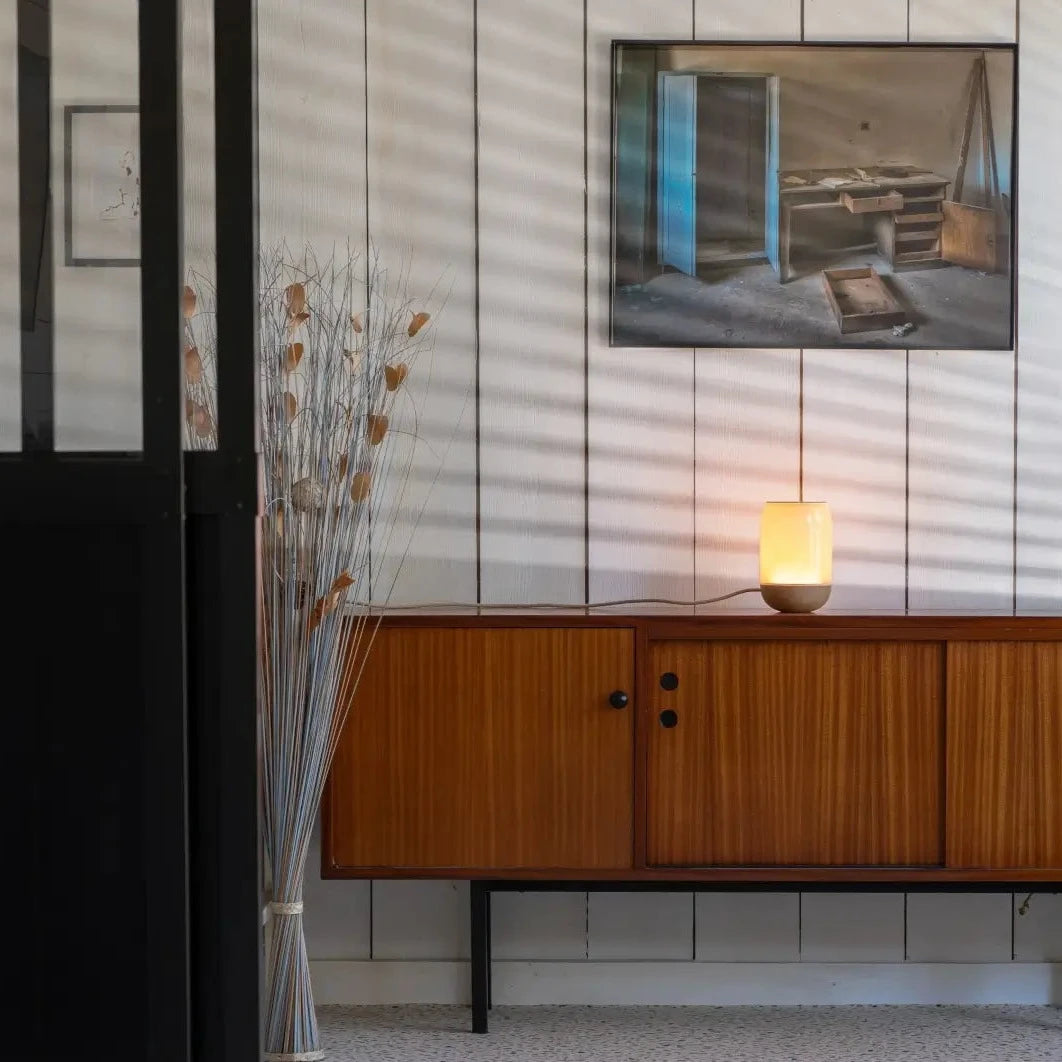
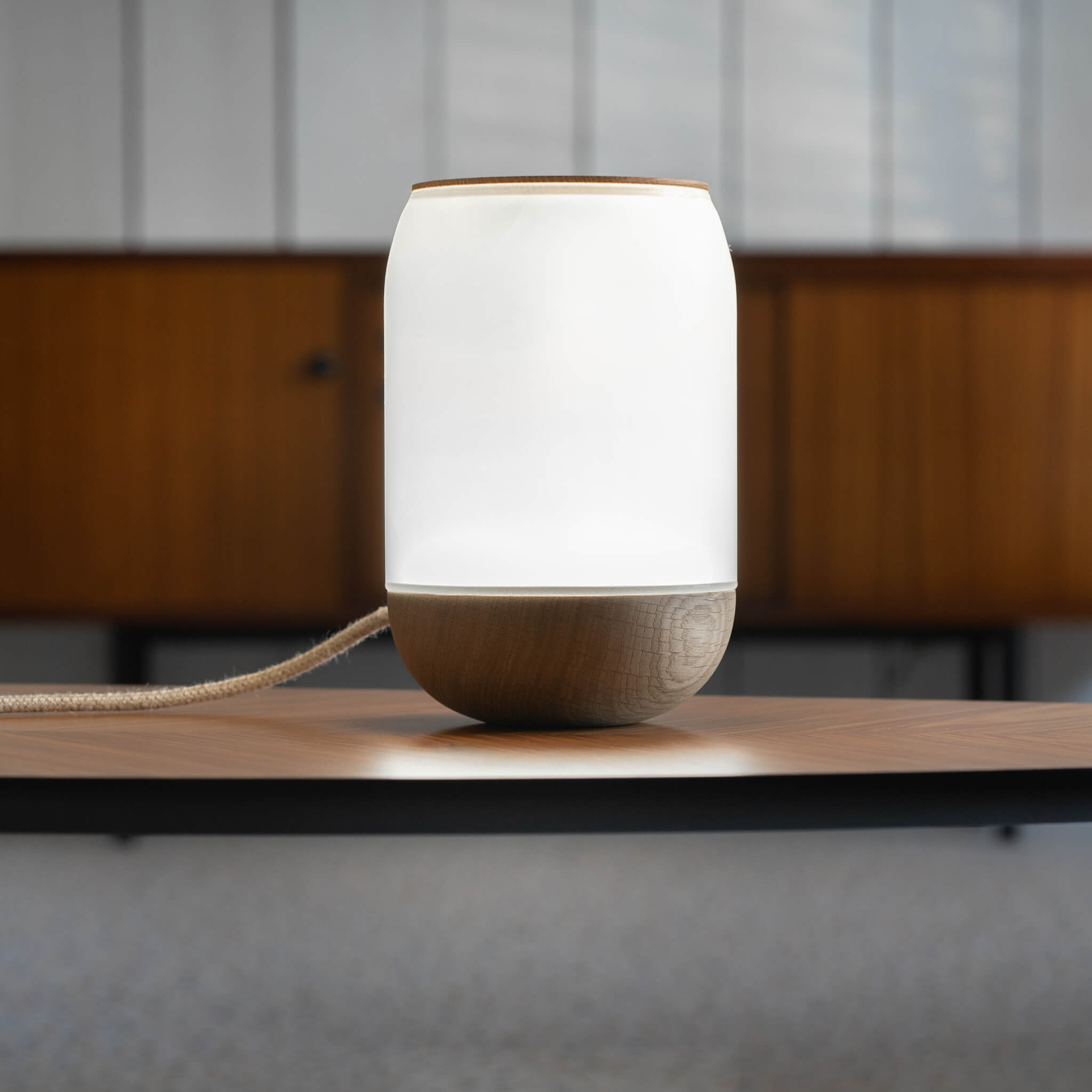
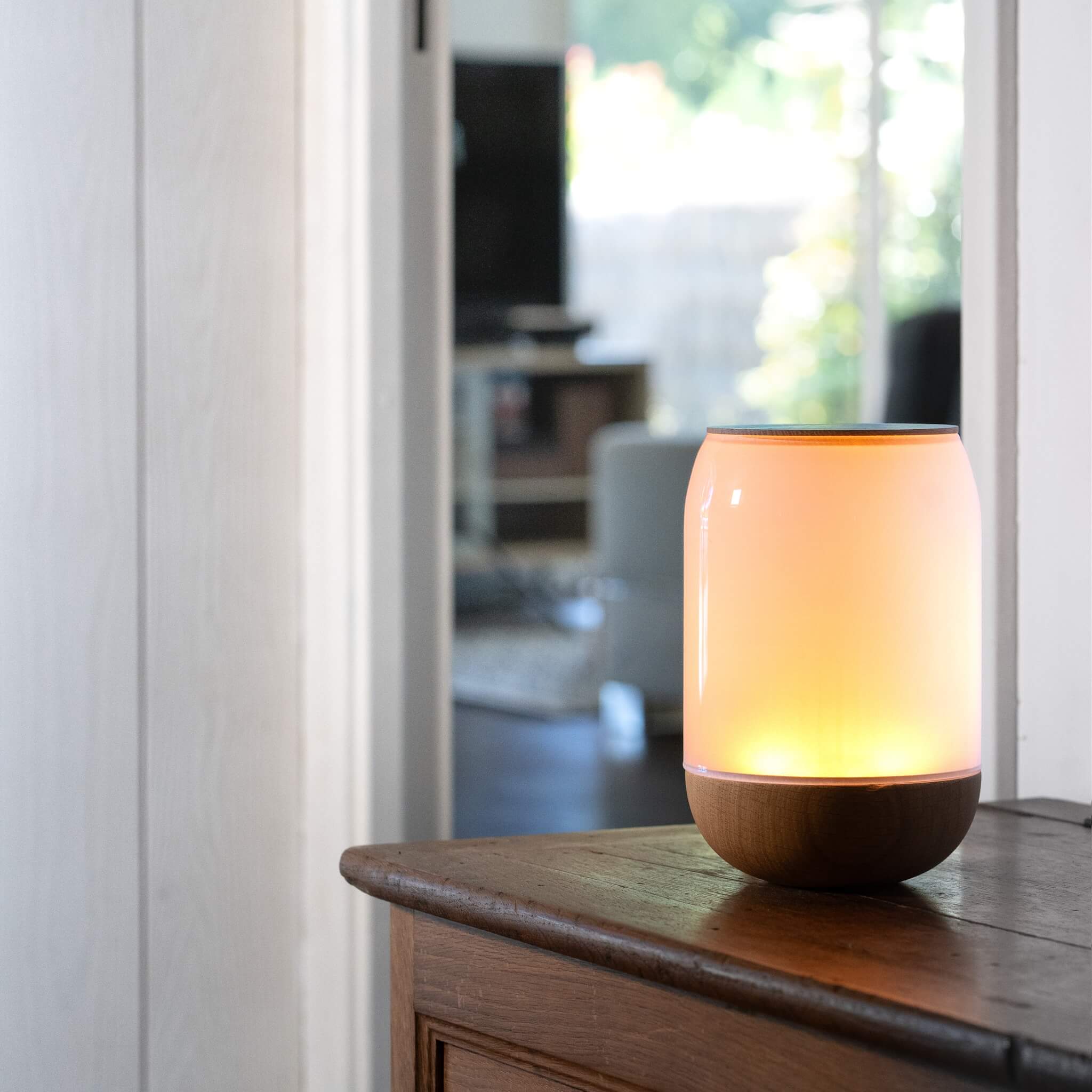
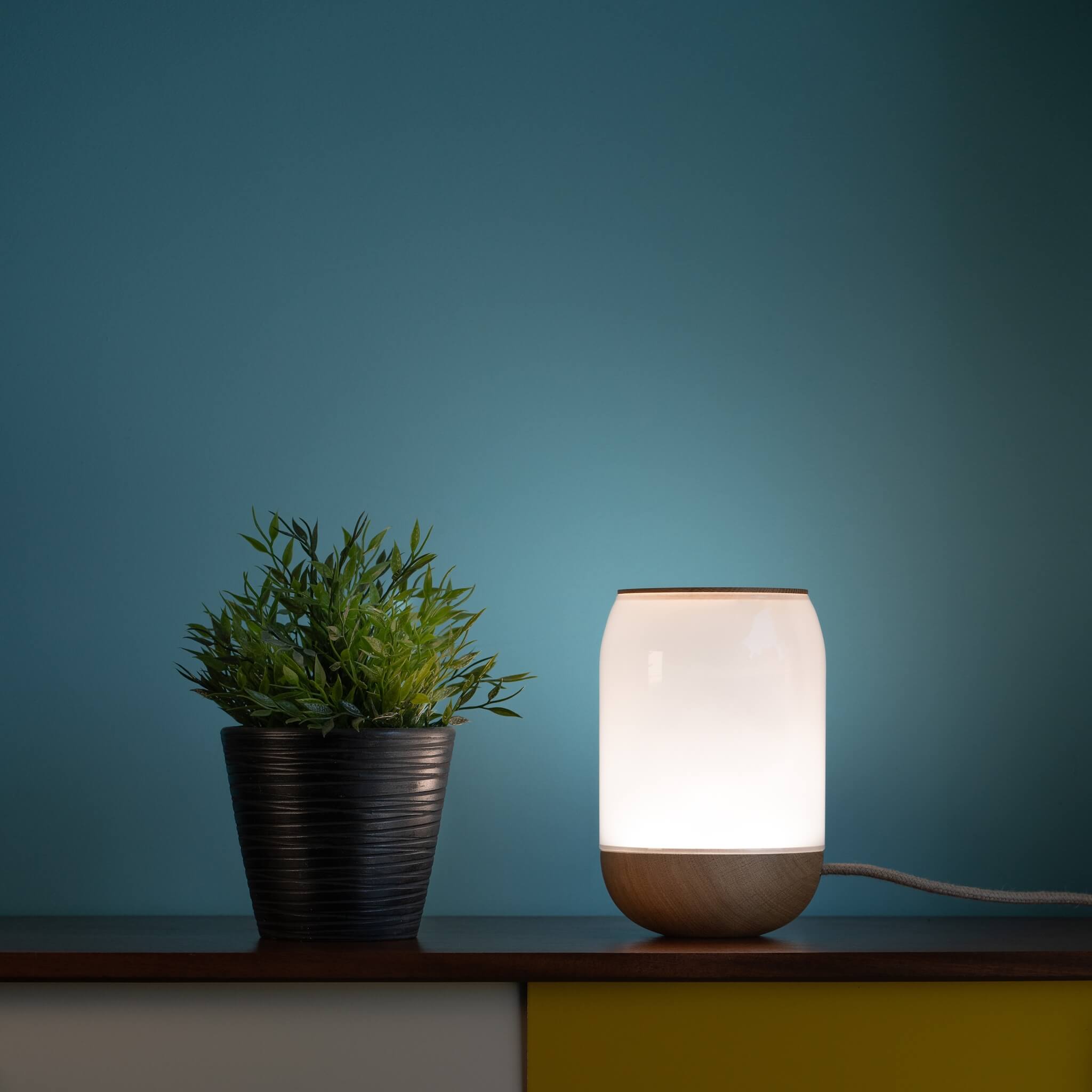
Leave a comment
All comments are moderated before being published.
This site is protected by hCaptcha and the hCaptcha Privacy Policy and Terms of Service apply.